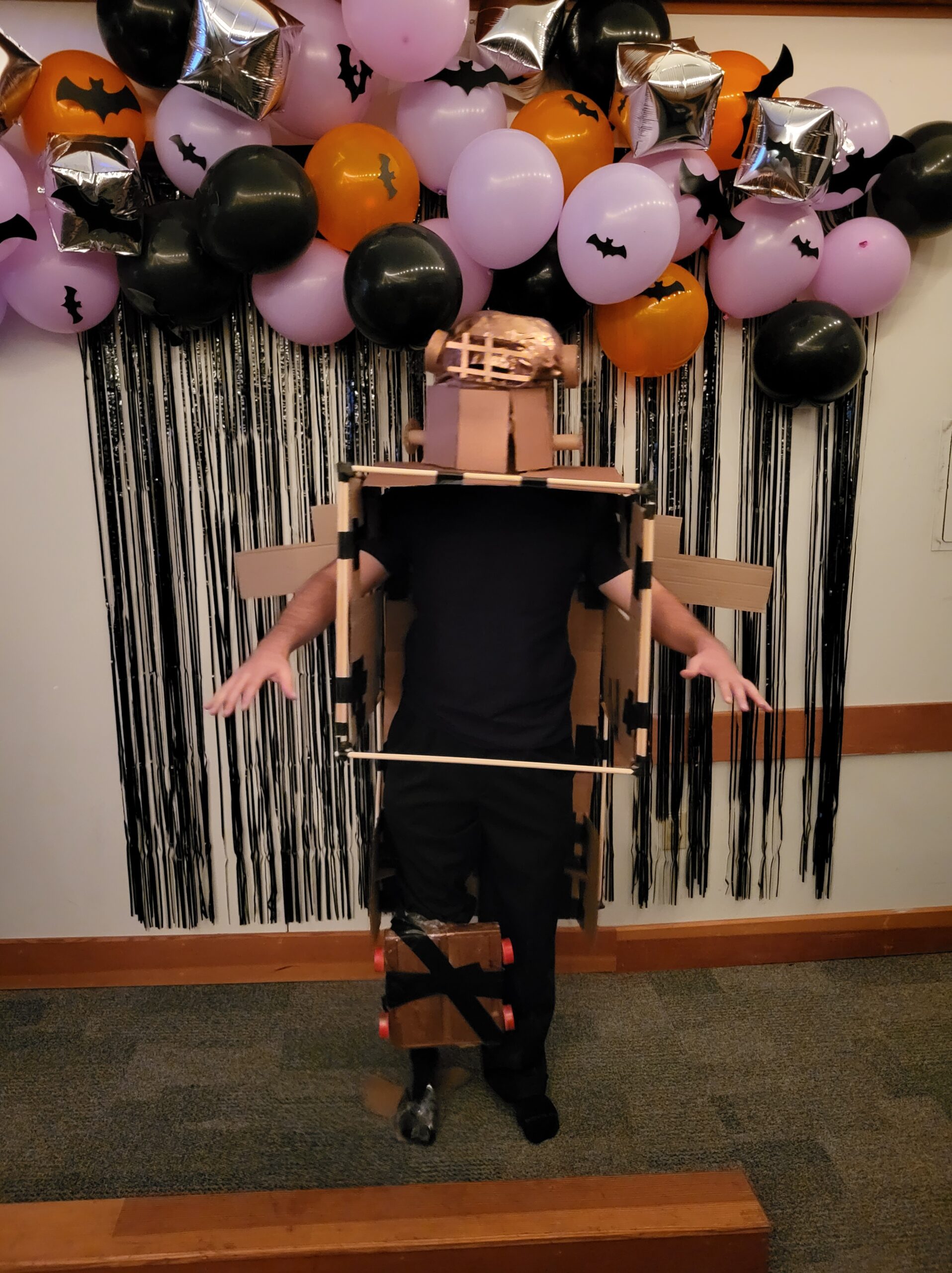"Multi-Tissue Analysis of Combined Fluctuating Environmental Stressors in Juvenile Copper Rockfish, Sebastes caurinus"
A Thesis Defense by Arie Dash
Live-Stream | January 29th, 2024 at 2:30 pm PDT
Abstract
Global ocean chemistry has been affected by historic and ongoing anthropogenic carbon emissions. These changes are expected to intensify and subject species normally tolerant to fluctuating, stressful environments, such as those in Eastern Boundary Upwelling Systems (EBUS) like the California Current Ecosystem to increasingly more extreme conditions. Specifically, dissolved oxygen (DO) and pH are both expected to fall in upwelled waters below the extremes currently experienced. To investigate the effects of these projected changes on the physiology and gene expression of potentially vulnerable nearshore rockfish, I utilized tissues samples from juvenile copper rockfish (Sebastes caurinus) subjected to fluctuating combined pH/DO stressors designed to mimic the upwelling pulses normally experienced in the field. Over 13 weeks, fish were exposed to alternating 8-day cycles of stressor (“upwelling”, pH 7.3, 2 mg/L DO) and ambient (pH 8.0, 8 mg/L DO) conditions. Two cohorts experienced fluctuating conditions and were sampled at the end of either an upwelling phase or an ambient phase. A third cohort was kept at static ambient conditions for the duration of the experiment as a control. At the end of the experiment, brain, gill, liver, and muscle tissue was collected for RNA sequencing and compared to physiological responses of the same individual fish. A de novo metatranscriptome that combined expression of all tissues was constructed and used as a reference for differential gene expression. Recently, falling costs of sequencing have made genomes much more prevalent for nonmodel species, and so to investigate the differences between transcriptome and genome references I performed all analyses again with a copper rockfish genome reference. Overall, I found that the genome reference led to similar but generally less noisy results than the metatranscriptome. I also did not detect evidence for a conserved stress response, because although I found significantly differentially expressed genes (DEGs) (p < 0.05) in all tissues, no DEGs were shared between all tissues. In fact, each tissue appeared to leverage specialized responses to the stressors rather than relying on a general stress response, which could be a result of adaptation to the chronic exposure in this experiment or a reflection of evolutionary tolerance to upwelling stressors. Brain and muscle tissue appeared to recover during the relaxation phase of the fluctuating cycle, indicating that transcriptomic resilience is an important mechanism of stress tolerance in these tissues. On the other hand, gill and liver tissue appeared to exhibit lingering effects, indicating that mechanisms such as frontloading (i.e., constitutive expression of stress response genes) may be more important for these tissues. To overcome some of the limitations of gene expression alone, a separate analysis correlating expression of novel gene networks to physiological and behavioral traits from the same fish was performed. These results largely mirrored those seen in the differential gene expression analysis, increasing confidence that patterns seen in the gene expression data reflect relevant physiological effects. Analyzing gene expression from multiple tissues under environmentally realistic fluctuating stressors highlights tissue specific environmental stress responses and allows for a more holistic understanding of predicted future upwelling conditions on a potentially vulnerable lifestage of copper rockfish, an important nearshore fish within the California EBUS.
Bio
Arie graduated from the University of Pittsburgh in 2020 with a B.S. degree in Microbiology and Computer Science. He went on to attend Moss Landing Marine Laboratories and study gene expression in juvenile copper rockfish under the co-advisorship of Dr. Cheryl Logan and Dr. Scott Hamilton. He is very interested in the confluence of marine science, bioinformatics, and public health, and intends to continue working at the Monterey Public Health Laboratory after graduating. In his free time, Arie can be found camping, hiking, cooking, or playing video games.



